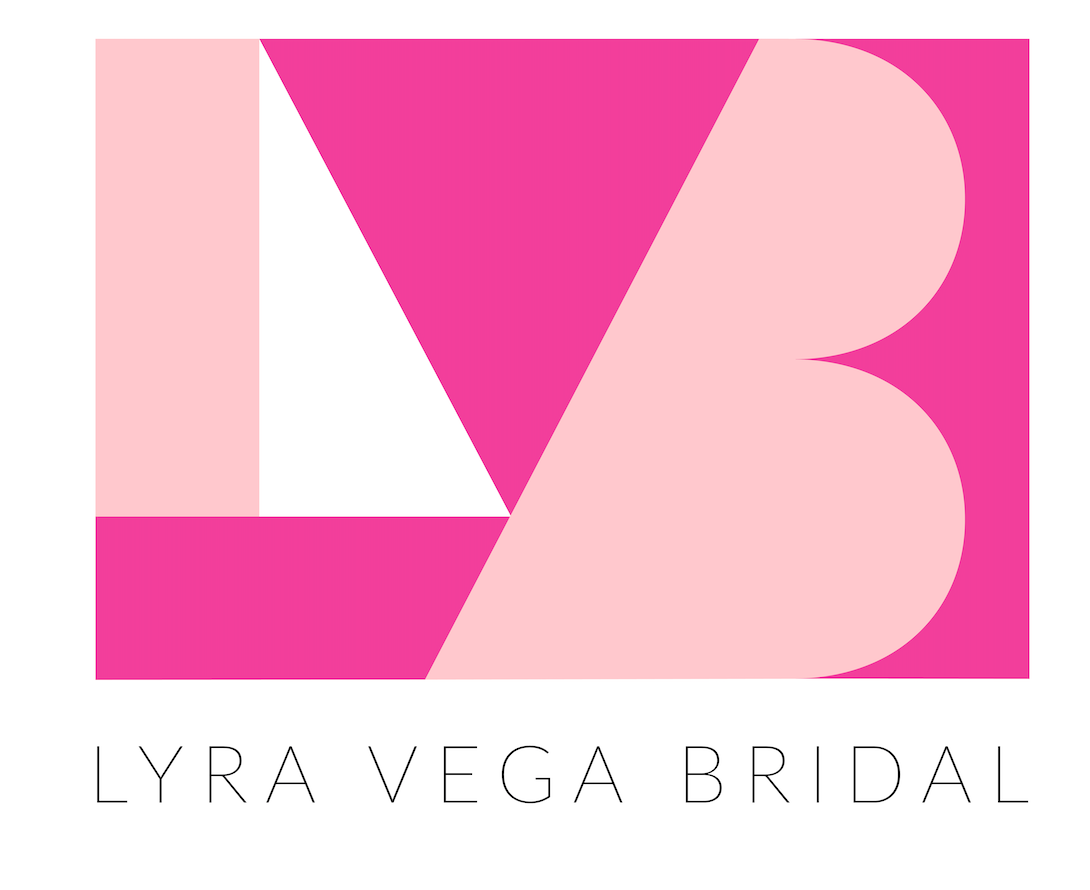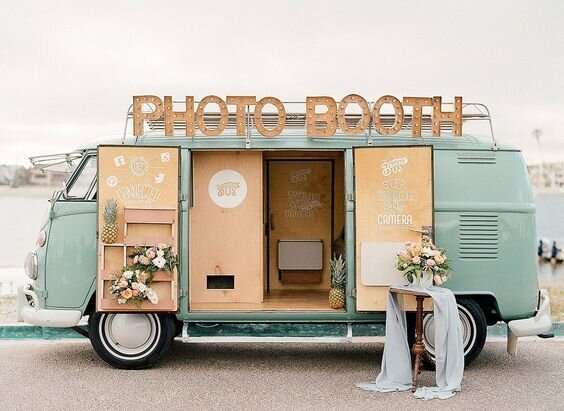6 Tips For Creating A Wedding Reception Seating Chart
As the wedding planning starts to wind down and the RSVPs are rolling in, the dreaded act of putting together a seating chart for your reception will pop up in your to-do list. While arranging a seating chart can seem time-consuming and difficult, it will make your reception much more organized and ensure that all tables will be filled. Guests typically will only be seated for the dinner portion of the wedding anyway, so at most, they’re stuck in their seats for about an hour, then they’re free to mingle and move around. Even if you don’t plan on having a seated meal at your reception, with a guest list of more than 50 guests you should still have a seating chart so guests don’t have to stress over where to sit. Granted it’s almost impossible to make every single guest at your wedding happy with your seating choices, we’ve listed six tips below that will help you create a seating chart that avoids any major issues!
Wait For All RSVPs
You don’t want to wait until the last minute to create your seating chart, it does take a significant amount of time, but you should wait for all RSVPs to be in before you begin your chart. If you start arranging guests before you know who’s attending, you’ll create a larger job for yourself with possibly having to remove guests from the chart or rearrange it entirely.
Consider Tense Relationships
Be honest with yourself about who gets along and who doesn’t. If you know two people have a history of getting into arguments or simply don’t like each other, make sure to seat them at different tables. Consult with your friends, your family, and your partner’s family about whom they think would be ideal table mates. Take into consideration people’s preferences, but that doesn’t mean you have to adhere to all suggestions. Use your best judgment on which preferences are necessary and which can be put to the side to make your seating chart work.
Photography by Jessie Wyman & Christina Anne
Photography by All The Little Stories Photography
Make Groups
To make tabling a bit easier, create groups for all of your guests: your family, your partner’s family, childhood friends, college friends, coworkers, etc. You don’t necessarily have to seat your guests according to these groups, but it will help give you an idea of who already knows each other and where they would feel most comfortable. This will make it easier to create your initial table groupings before you inevitably have to start adding guests to each table.
Use Visual Aids For Planning
Whether you create a digital display or go old-fashioned with a poster board and sticky notes, having some type of visual aid helps put your chart in perspective. You’ll be able to consider table placement, table shape, and proximity to the dance floor in your decisions. Even if you don’t have people with a bad history at the same table if their tables are right next to each other it might be a good idea to put them at opposite ends of the room. It also helps to seat any close family or friends closer to your table if you want to be able to easily mingle with them.
Stick to Table Numbers
If you want to ease your responsibility of putting together a seating chart, stick to assigning guests tables instead of specific seats. This way you’ll be able to keep the seating organized, but guests will still be free to choose whom they want to sit next to at their table.
Create a Display
Have fun and get creative with your seating chart display at your reception. Create a personalized board that lists all of your guests by table or have little placards made for each guest that has their name and table number on it. You could even tie the cards to a signature cocktail or wedding favor for guests to pick up as they’re looking for their table.
Photography by Marcela Plosker
Share this with a bride who is struggling to put together their seating chart. Planning your wedding and trying to find your dream wedding gown? Browse our collection of wedding gowns that are all made-to-measure and curated for the modern bride!
Other Topics You May Be Interested In






